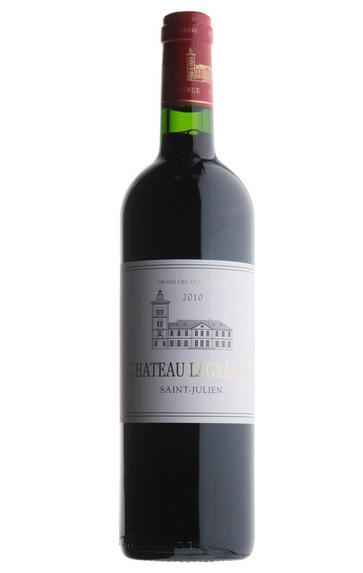
2010 Château Lagrange, St Julien, Bordeaux
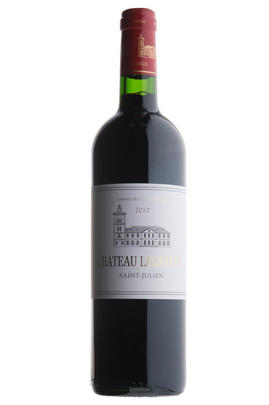
Critics reviews
Drink 2022-2048
Neal Martin, Vinous (Dec 2020)
Drink 2022-2035
jancisrobinson.com (Feb 2020)
Robert M. Parker, Jr. - 28/02/2013
(Jancis Robinson MW- jancis robinson.com, Apr 2011)
(James Molesworth – The Wine Spectator – Apr 2011)
(Robert Parker- Wine Advocate- May 2011)
Drink 2020-2042
Decanter (Jan 2020)
About this WINE
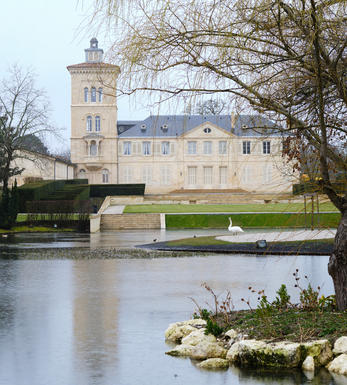
Chateau Lagrange
Château Lagrange was for many years perceived as a tired, underperforming St Julien château that was unworthy of its 3ème Cru Classé status.
In 1983 it was purchased by the Japanese Suntory Group which set about renovating the vineyards and the winery. Lagrange rose to become a model estate and even today few Bordeaux properties can match Lagrange, with its huge barrique chais and its state of the art cuvier with its 56 temperature-controlled, stainless steel cuvées.
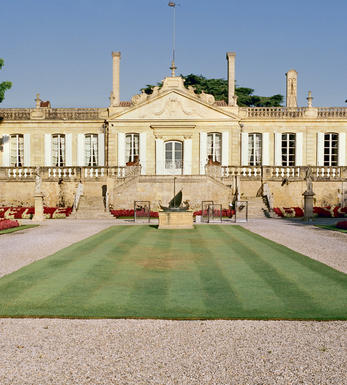
St Julien
St Julien is the smallest of the "Big Four" Médoc communes. Although, without any First Growths, St Julien is recognised to be the most consistent of the main communes, with several châteaux turning out impressive wines year after year.
St Julien itself is much more of a village than Pauillac and almost all of the notable properties lie to its south. Its most northerly château is Ch. Léoville Las Cases (whose vineyards actually adjoin those of Latour in Pauillac) but, further south, suitable vineyard land gives way to arable farming and livestock until the Margaux appellation is reached.
The soil is gravelly and finer than that of Pauillac, and without the iron content which gives Pauillac its stature. The homogeneous soils in the vineyards (which extend over a relatively small area of just over 700 hectares) give the commune a unified character.
The wines can be assessed as much by texture as flavour, and there is a sleek, wholesome character to the best. Elegance, harmony and perfect balance and weight, with hints of cassis and cedar, are what epitomise classic St Julien wines. At their very best they combine Margaux’s elegance and refinement with Pauillac’s power and substance.
Ch. Léoville Las Cases produces arguably the most sought-after St Julien, and in any reassessment of the 1855 Classification it would almost certainly warrant being elevated to First Growth status.
Recommended Châteaux: Ch. Léoville Las Cases, Ch.Léoville Barton, Ch Léoville Poyferré, Ch. Ducru-Beaucaillou, Ch Langoa Barton, Ch Gruaud Larose, Ch. Branaire-Ducru, Ch. Beychevelle
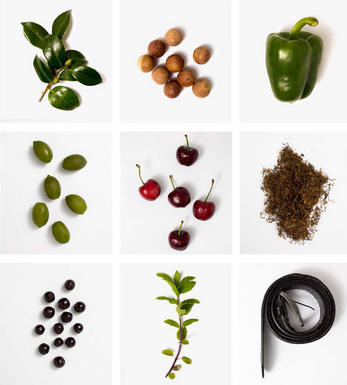
Cabernet Sauvignon Blend
Cabernet Sauvignon lends itself particularly well in blends with Merlot. This is actually the archetypal Bordeaux blend, though in different proportions in the sub-regions and sometimes topped up with Cabernet Franc, Malbec, and Petit Verdot.
In the Médoc and Graves the percentage of Cabernet Sauvignon in the blend can range from 95% (Mouton-Rothschild) to as low as 40%. It is particularly suited to the dry, warm, free- draining, gravel-rich soils and is responsible for the redolent cassis characteristics as well as the depth of colour, tannic structure and pronounced acidity of Médoc wines. However 100% Cabernet Sauvignon wines can be slightly hollow-tasting in the middle palate and Merlot with its generous, fleshy fruit flavours acts as a perfect foil by filling in this cavity.
In St-Emilion and Pomerol, the blends are Merlot dominated as Cabernet Sauvignon can struggle to ripen there - when it is included, it adds structure and body to the wine. Sassicaia is the most famous Bordeaux blend in Italy and has spawned many imitations, whereby the blend is now firmly established in the New World and particularly in California and Australia.


Buying options
Add to wishlist
Description
The 2010 Lagrange was picked from 29 September to 20 October. This is even better than the 2009 on the nose with beautifully defined brambly red fruit, crushed stone, violet and iris aromas, almost pixelated in detail. The palate is medium-bodied with very fine tannins, precise and focused with a silky mouthfeel. This fans out beautifully, certainly one of the more approachable 2010s but a wine full of class and immense breeding. Outstanding - a benchmark for the estate. Tasted at the Lagrange vertical at the estate.
Drink 2022-2048
Neal Martin, Vinous (Dec 2020)
wine at a glance
Delivery and quality guarantee